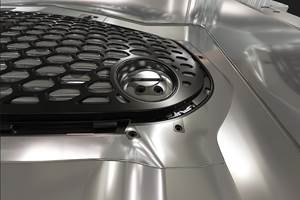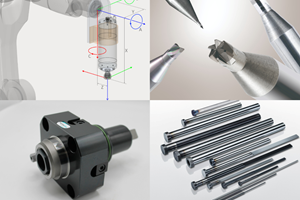SLIDEHOW: Process Automation and Planning Strategies
I sometimes forget that many technology suppliers to the moldmaking industry are also manufacturers that use many of the same products and equipment that you do, while facing similar challenges. For example, last month during the K Show in Germany I had the opportunity to visit Hasco’s corporate headquarters in Ludenscheid.
I sometimes forget that many technology suppliers to the moldmaking industry are also manufacturers that use many of the same products and equipment that you do, while facing similar challenges. For example, last month during the K Show in Germany I had the opportunity to visit Hasco’s corporate headquarters in Ludenscheid and saw process automation and planning strategies that not only help it meet customer delivery and quality demands, but also emphasize the similarities it has with today’s mold builder challenges. Namely, workflow, automation integration, speed to market and workforce development.
Hasco is a manufacturer of standard and custom mold components and hot runner systems with a rich history and quality production of both inch and metric-sized products. In 2008 the company ceased production of its inch portfolio and ramped up its metric-sized manufacturing, while educating industry on the value and ease of going metric.
The facility tour clearly and quickly revealed that the right technology and talent can ensure high product quality and also helps move Hasco one step closer to its 24-hour delivery goal for custom products.
This includes a pre-cutting area with nearly 10,000 plates in stock and an automated storage and retrieval system via automatic guided vehicles, automated bar code-based part inspection, exclusive use of German mold materials, workhorse machine tools for cutting, milling, grinding and gundrilling, such as Reiden, Toyoda, DMG and Auerbach, six dedicated R&D moldmakers for prototyping work, including collapsible core technology, 100,000 parts in stock and a fully-equipped hot runner maintenance and repair toolroom.
Hasco also employs the 3P Production Prepartion Process for lean manufacturing. This method uses visual thinking, simulation and Kaizen for quick design for manufacturability. For example, Hasco may use 3P when a new clamping technology is introduced. The areas of work to modify are identified, planned and designed three-dimensionally with employee input. 3P also involves waste reduction, ergonomic work flow and lean production with assembly cells.
Shop floor management is considered every day as each manufacturing area works to improve information flow, detect deviations, find sustainable solutions to problems and optimize the use of resources.
Part of Hasco’s commitment to industry education includes its Learning Center SEED program, which today has 16 students enrolled in either a two-year moldmaker or a three-year machinist apprenticeship. The English translation of the program’s acronym is self-contained, responsible, results-oriented and thinker. The program includes two to three days of school and hands-on training within the Learning Center. During my visit, students were tasked with attending the K Show to participate in a scavenger hunt to learn about specific Hasco technologies. Clearly, the SEED program is working, as 75 percent of apprentices become permanent Hasco employees.
Hasco has also used its expertise, in the form of Engineering Manager Brenda Clark, to educate industry on its various mold technologies on the pages of MoldMaking Technology. Brenda has discussed how the right mold components can help improve mold cooling and thereby produce higher-quality parts and how to keep hot runner system costs down with efficient injection mold design and how clamping devices can help to achieve fast and efficient mold plate and cavity/core insert changes during machining.
And let’s not forget the webinar on 3D-printed inserts for mold prototypes that serve as a testing ground to quickly prove out production mold design options
Related Content
Mold Builder Meets Increased Domestic Demand With Automated Cells
Burteck LLC experienced significant demand increases due to reshoring and invested in automated machining cells to step up its production output quickly and avoid losing business.
Read MoreProducts and Services for Multiple Moldmaking Needs
New year, new technology roundup! Featured here is a collection of product offerings, from profile milling cutters to industry-specific CAD/CAM software to innovative hot work tool steels.
Read MoreHow to Use Automation to Minimize Mistakes and Speed Mold Build Process
A guide to capturing and reusing company knowledge and experience with software automation.
Read MoreTechnology Roundup: New/Improved Technologies You Don't Want to Miss
With all the technology joining the market, moldmaking is a versatile, ever-evolving industry. As such, this technology roundup has no specific theme — it features a variety of products for applications and solutions across the industry.
Read MoreRead Next
Are You a Moldmaker Considering 3D Printing? Consider the 3D Printing Workshop at NPE2024
Presentations will cover 3D printing for mold tooling, material innovation, product development, bridge production and full-scale, high-volume additive manufacturing.
Read MoreHow to Use Continuing Education to Remain Competitive in Moldmaking
Continued training helps moldmakers make tooling decisions and properly use the latest cutting tool to efficiently machine high-quality molds.
Read MoreHow to Use Strategic Planning Tools, Data to Manage the Human Side of Business
Q&A with Marion Wells, MMT EAB member and founder of Human Asset Management.
Read More.png;maxWidth=970;quality=90)


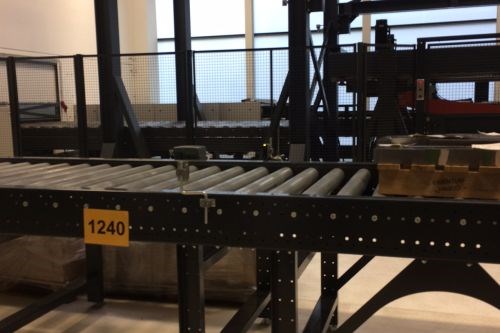
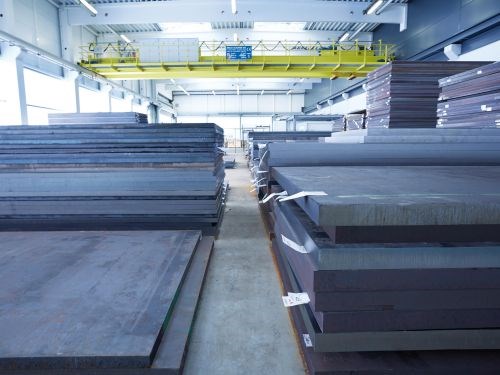
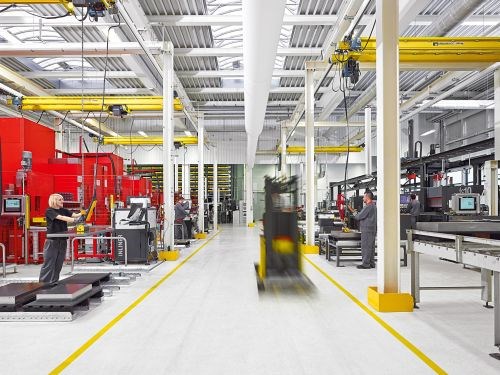
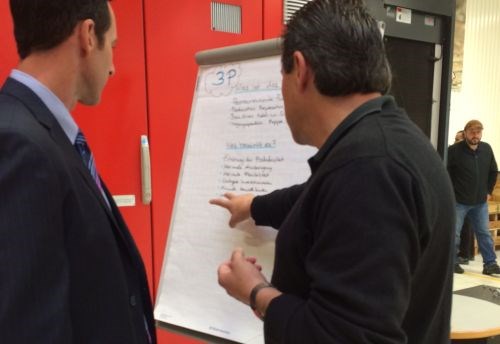
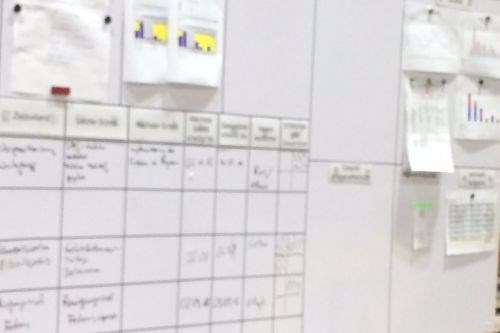
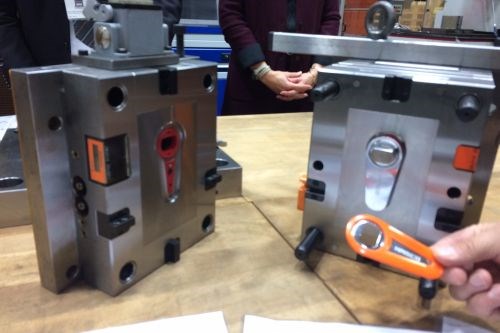















.png;maxWidth=300;quality=90)




